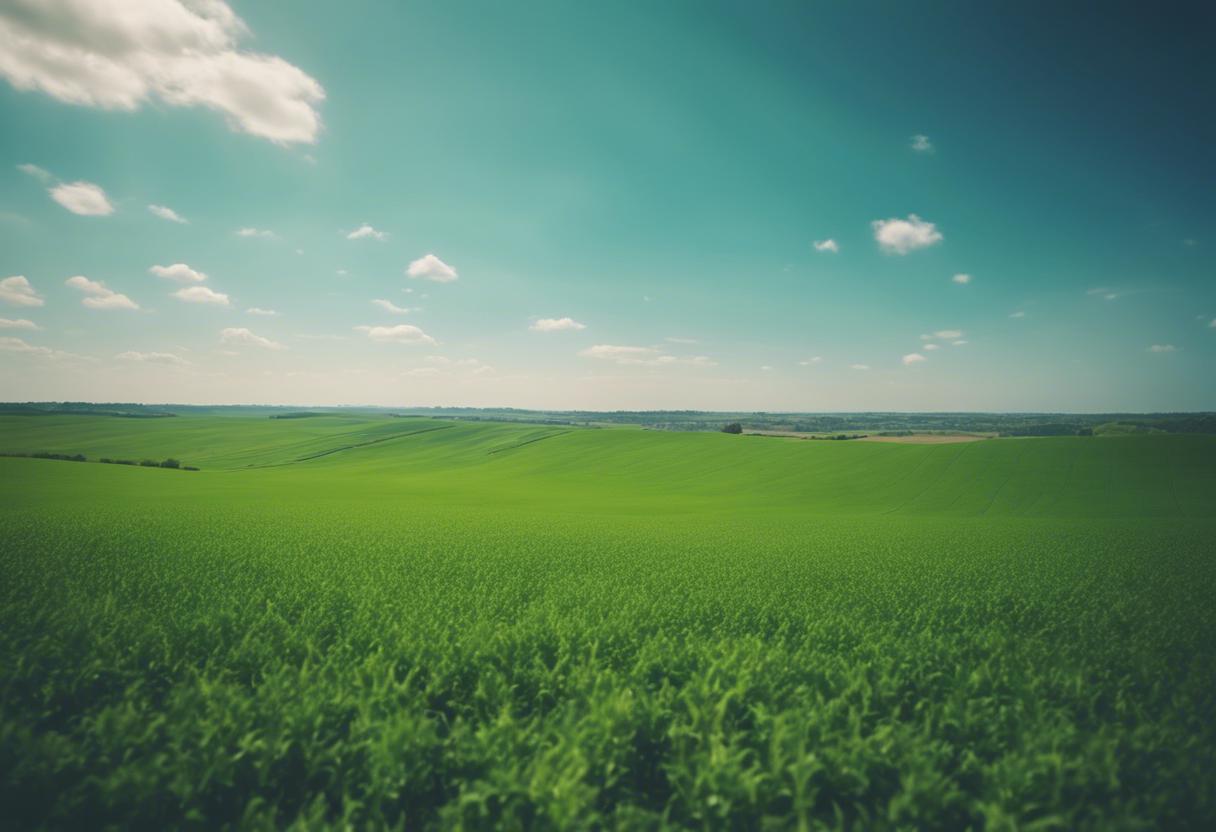Several years ago, an average day on Sean O’Farrell’s farm in the northern region of Tipperary, Ireland took an unforeseen turn. He engaged in an ordinary farm activity of dispensing 3,000 gallons of slurry (a mix of animal waste and urine, rich in nutrients working as a fertiliser) on each acre of his land, nestled on the west foothills of the Devil’s Bit Mountains. However, the repercussions of this activity were only apparent the following day when he decided to survey the results of his labour. The disturbing discovery he made served as a turning point in his farming methods.
The sight that greeted O’Farrell was something akin to a massacre site for earthworms. The lifeless bodies of these crucial contributors to farming lay scattered across the land. Confronted by such significant loss, O’Farrell, who presides over 60 acres of land, considered a different perspective for farming that was more mindful of the ecological impact.
In response, O’Farrell chose to collaborate more closely with the cycles of nature. His terrain is now arranged into 10 minor fields, separated by sturdy native hedgerows. Cows, pigs, geese and chickens roam his land whilst he cultivates a diverse range of vegetables like kale, peas, carrots, broccoli and potatoes. Rather than embracing a singular focus on monoculture farming for efficiency, he opts for an ecosystem that mimics nature’s diversity and resilience.
Much like other farmers who have had similar revelations, O’Farrell reacted to his worm tragedy by dedicating more focus to the biodiverse life beneath the soil’s surface. He ceased the usage of chemicals and pesticides, choosing to nourish the soil’s microbial life with well-rotted compost instead. His farm has since transformed into a hub for imparting education on naturally inclined farming practices to younger generations and local community groups. It all stemmed from the time when a farmer encountered a field scattered with deceased earthworms and began to view the underground world with increased reverence.
O’Farrell belongs to a budding, yet significant, collective of agriculturists who have opted to pursue an ecological, enduring pathway to food growing. The Farming for Nature initiative, established in 2018, emerged from the innovative minds of Dr Brendan Dunford and Brigid Barry. The pair were instrumental in the groundbreaking Burren Life Programme, an EU-recognized project which viably progressed public funds to 330 farmers in Clare with the objective of contributing to nature.
Presently involving upwards of 100 farmers, Farming for Nature doesn’t exclude all but small-holding farmers disgruntled by industrialised agriculture. Rather, it embodies a diverse group – covering large-scale dairy and crop farmers – all aspiring to transition towards more nature-friendly farming methods.
Seven years past, Colm Flynn, a Kildare-based farmer of barley, oats, and wheat of four generations, recognised a disturbing shift when he observed the birds no longer accompanied his tractor during ploughing. Upon realising that lifeless soil provided no food for them, Flynn gradually pivoted away from the utilization of ‘cides’ (derived from the Latin for ‘killer’: pesticides, herbicides, fungicides and the likes) and devoted his efforts to restoring and enhancing soil biology.
Capturing the invaluable wisdom and practical experience gathered from the farmers, the Farming for Nature Handbook was issued recently. With hand-crafted illustrations contributed by Sligo beef farmer Clive Bright interspersed throughout, the handbook serves as a valuable guide to those seeking to enrich their landscapes with wildlife. Far from being a nudge towards any radical organic conversion, the book accommodates practical advice that can be integrated into any farming system, regardless of scale or intensity, with backing from testimonies of farmers who have already successfully implemented the techniques.
Donal Sheehan, a traditional dairy farmer based in Cork, aims to find the perfect equilibrium between nature and food production by testing the limits. He has adopted a simple approach to this by allowing clusters of nettles to blossom amidst his fields, thereby attracting caterpillars that nourish on these plants. A sighting of the cuckoo bird, which had been missing from Donal’s farm for many years, feasting on the caterpillars from the nettles, brought him immense joy.
The challenges of climate change, biodiversity loss, and water pollution are known to us. What is urgently required are solutions that allow us to transition from a state of despair towards a hopeful scenario. Research promotes ecological farming as a crucial step to enhancing sustainability. A comprehensive report released by the World Bank, encompassing the inputs of numerous scientists, highlighted that a higher emphasis on agro-ecological sciences could solve environmental challenges while simultaneously improving productivity. In essence, a farm that is diverse and centred around nature is likely to better manage future stresses and shocks.
For Sean O’Farrell, his inspiration is straightforward. He stated, “Being aware only of the farmer who preceded me and knowing not the one before him or the one who might come after me is why I enjoy planting trees and developing ponds. It is for the coming generations who will take the responsibility of the land.”

